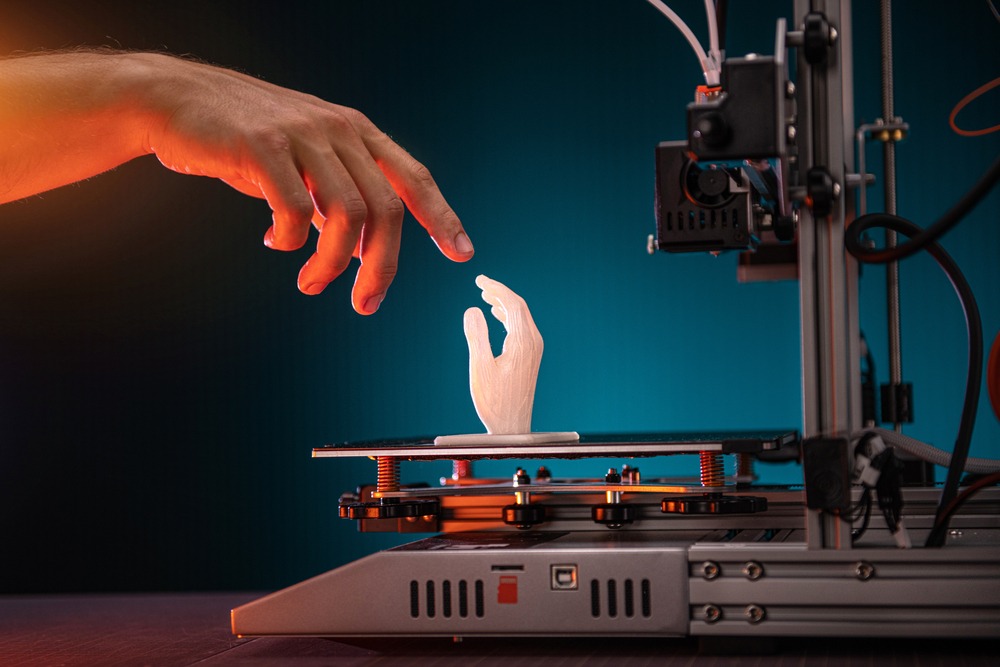Introduction
What are the roots of 3D printing, and how do they trace down the years differently? Coming to the history of additive manufacturing technologies, one gets to know how all of them were the ones that did revolution in the different industrial sectors. From the very beginning, the early times to all the way to the application of it that is pretty standard in the modern world, 3D print has been a game-changer.

The 1980s: Birth of 3D Printing
The 1980s stand out now as a period when 3D printing was being born. Hideo Kodama came up with the first 3D print technique in 1981 under the patronage of the Nagoya Municipal Industrial Research Institute. Additionally, the 1980s saw the birth of stereolithography (SLA) by Charles Hull, who later co-owned 3D Systems (founded in 1986). How these innovative discoveries from the initial stage would be the beginning of many more new inventions?
Key Innovations:
1.1981: rapid prototyping system of Hideo Kodama
2.1984: Charles Hull created SLA.
3. 1986: Founding of 3D Systems and the first patent for 3D printing.
The 1990s: Growing interest and development
What did the 1990s contribute to the growth of 3D print? Well, most of the big developments happened in this decade. S. Scott Crump invented FDM. Today, this is considered one of the most common techniques used in making prototypes and end-use parts. SLS was also developed, and it would turn out that this technique would be far more versatile and robust.
Big developments
1. 1992: First FDM printer developed by Stratasys
2. 1992: First SLS machine produced by DTM Inc.
3. 1999: First 3D-printed organ—a bladder—used in transplant
The 2000’s: When 3D printing attained mainstream adoption
Which events helped popularize 3D printing in the 2000s? It was through the launch of more affordable 3D printers and open-source projects, mainly the RepRap Project. These put 3D printing into the hands of hobbyists, educators, and small business enterprises and established a community-based development strategy.
Key Events:
1. 2005: The launching of the RepRap project
2. 2008: First prosthetic limb to be 3D printed.
3. 2009: Key FDM patents expired, thus allowing for the rapid growth of desktop 3D printers.
The 2010s: Growth and Diversification
How did 3D print grow and diversify in the 2010s? This decade has seen the technology applied in aerospace, healthcare, and the automotive industries, among others. More complex materials and multi-material printing have become more frequent, adding functionality and improving quality to 3D-printed products.
Some notable accomplishments in 3D printing are:
1. 2013—NASA tests with 3D-printed rocket parts.
2. 2014: The FDA approves the first 3D-printed drug.
3. 2016: The first 3D-printed office building in Dubai.
The 2020’s: The Recent Past 3D Printing
What are the recent innovations in 3D print in the 2020s? Driven by the advancement of AI and machine learning, 3D print technologies are now more efficient and accurate. Attention has now shifted to sustainability via developing eco-friendly materials and recycling initiatives.
Recent 3D Printing Innovations:
1. 2020: AI integrated into the 3D print process.
2. 2021: Biodegradable 3D print materials begin being developed.
3. 2023: Metal 3D print will see breakthroughs in industrial applications.

Pros and Cons of 3D Printing
What are the advantages and disadvantages of 3D print? Knowing this can help decide the applications it should be used for.
Pros:
1. Customization: Solutions to specific needs.
2. Cost-Effective: Reduced material waste and less production cost.
3. Speed: Quick prototyping allows fast product development.
Cons:
1. Material Limitations: Limited to a few kinds of materials.
2. Quality Variations: Differences in quality depending on the printer and material used.
3. High up-front investment: This involves a high upfront investment in getting industrial-grade printers.
Conclusion
History of 3D Printing Evidence of human ingenuity and innovativeness from rather humble beginnings back in the 1980s to today’s sophisticated technologies, 3D print has truly changed how different industries manufacture things. What at all does the future really hold for this evolving technology? As development continues, the possibilities are endless.
Frequently Asked Questions
Q: When was 3D printing first invented?
A: The idea of 3D print was introduced in the early 1980s by Hideo Kodama and later developed by Charles Hull.
Q: What are the major types of technologies used in 3D printing?
A: Major ones include stereolithography, fused deposition modeling, and selective laser sintering.
Q: How has 3D printing helped the health sector?
A: Tailor-made medical implants and prosthetics, even organ transplants, made possible through 3D printing, have brought great change in patient care.


Hurray, this is just the right information that I needed. You make me want to learn more! Stop by my page 63U about Cosmetic Treatment.